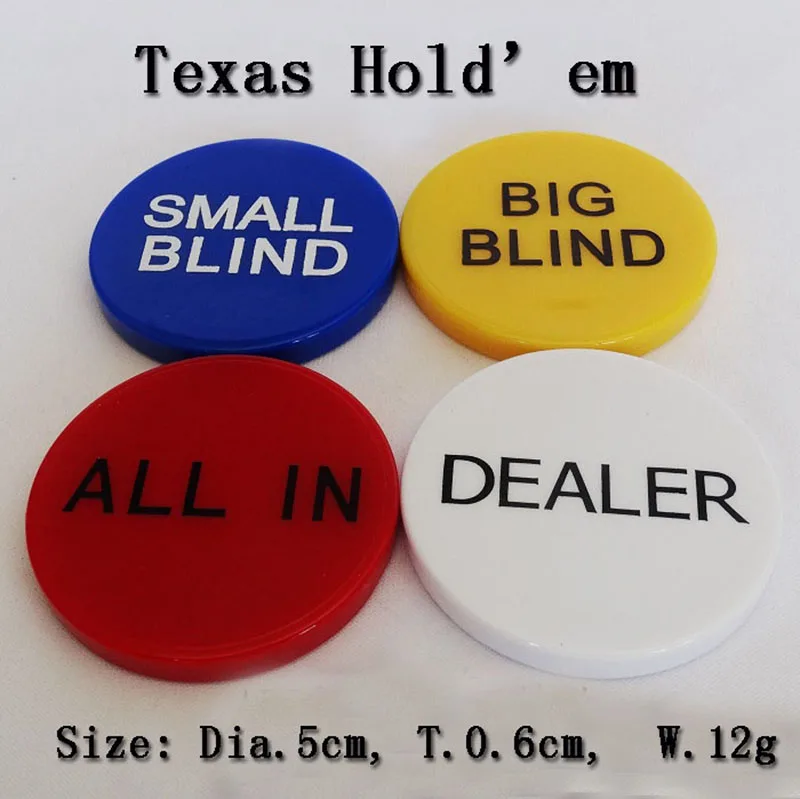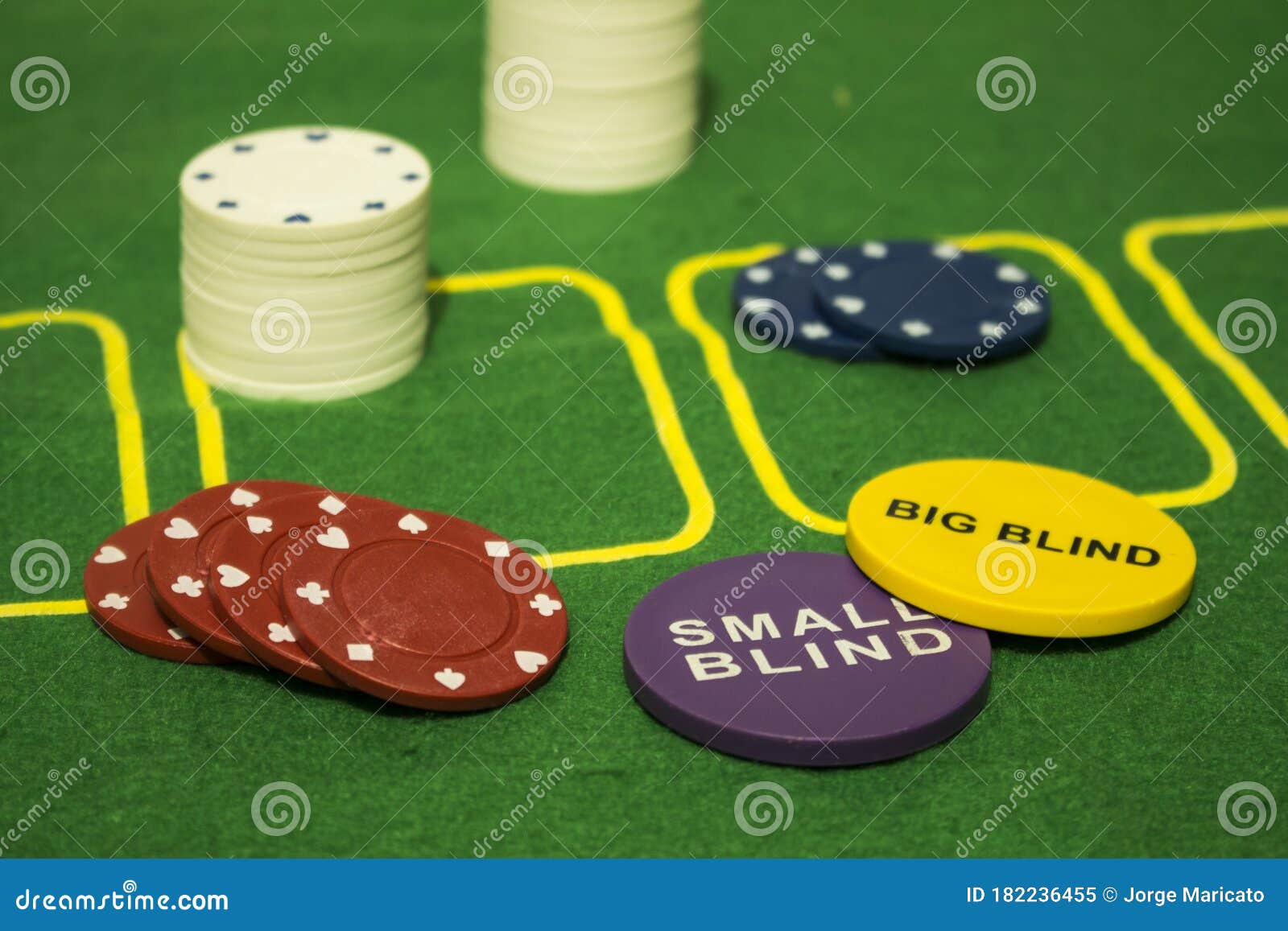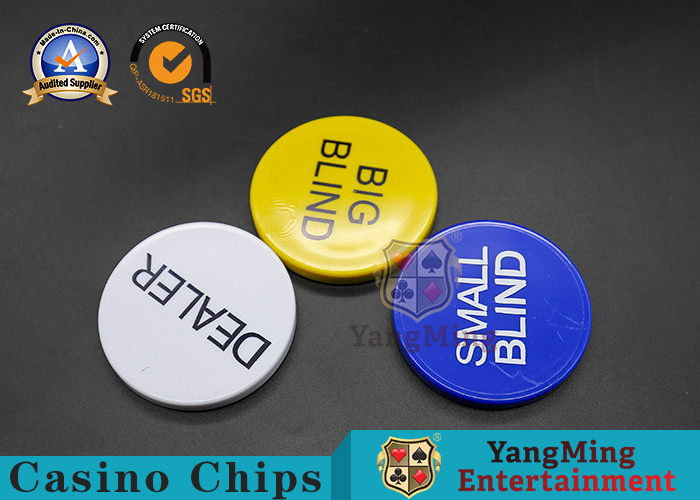Texas Hold Em Big And Small Blind
- Texas Hold Em Blinds Schedule
- Texas Hold'em Tournament Blind Structure
- Texas Hold'em Big Blind And Small Blind
- Texas Hold'em Big Blind
- Big Blind Small Blind Texas Holdem

Quite possibly the most important concept in poker, position refers to where you’re sitting in relation to other players, the dealer button and the blinds in a given hand. All Texas Hold’em poker hands begin with two players posting the “small blind” and “big blind”, which are mandatory bets that rotate around the table after each hand. The “dealer button” is always immediately counterclockwise to the small blind. You're in seat five of a nine-handed $4-$8 limit hold 'em cash game and the dealer button reaches seat three. That means you are in the big blind position and must put $4 in front of you before the.
In a '$1/$2' Texas holdem game, the small blind is $1 and the big blind is $2. First Betting Round: Preflop. Of course, learning Texas hold'em rules is just the beginning, as the next step is. In most forms of poker, such as the most popular one of No-Limit Texas Hold’em, there are forced blind bets that must be put forward by the players to the immediate left of the button before any cards are dealt. These blind bets are called the small blind and the big blind. Texas Hold'em can be played as Limit, No Limit, and Pot Limit. 'Limit' games mean that you can only bet up to a predetermined amount, typically equal to the big blind, and raise the same amount. 'Pot Limit' means you can raise up to the current amount in the pot, but no more.
Texas Hold Em Blinds Schedule
When you are in the casino at the beginning of a poker game, and you have lots of chips, the blinds are something you hardly notice. Towards the end of a poker night, especially if things aren’t going so well and your chip pile is lower than you’d like it to be, or the blind bets are increasing in size, then the blind can really eat into your stack.
Some poker games have antes – forced bets. But Texas Holdem doesn’t, meaning you can fold your cards without betting. Texas Holdem poker does have something called blinds though. They are another type of forced bet, but this time before you have been dealt your cards. Like antes, they exist so that there is a cost to playing, so the poker games don’t go on and on with players just waiting to be dealt a great hand. Paul Phua thinks that the blind keeps the momentum up, and ensures the game of poker finishes within a reasonable time frame – especially since the blinds often increase in value during a game of Texas Holdem to speed things up even further.
There are mainly two blinds in Texas Holdem – the big and small blind, but there can sometimes be three players who have to make them.
The name comes from the fact that players are being asked to bet without seeing their hands. They are betting blind, with no knowledge of the hand’s worth. So in the casino, whether you hold a 2 and a 3 unsuited, or a pair of aces – before you see your hand it’s all the same.
Paul Phua says the blind also marks potential poker strategy. Depending on your position around the poker table in a casino, or a social poker night where the dealer changes as the “button” moves from player to player, you will have to give certain blinds. Being in the small blind spot on a poker table is a disadvantage because you will be the first to act in every round after the flop. But Paul Phua’s poker tip is to remember never feel committed to a pot simply because you have paid your blind, especially in Texas Holdem, and not be afraid to enter a pot if you have a strong enough hand.
Texas Holdem Rules Blinds
Texas Hold'em Tournament Blind Structure
In order to start betting in Hold’em, forced bets (known as blinds) are made by the two players immediately clockwise from the dealer button. The person immediately clockwise from the dealer has the small blind, and the next player clockwise has the big blind. Making blind bets is known as posting and this is done before any cards are dealt.


The size of the bets are determined by the limits of the game that you’re playing and the small blind is nearly always half of the big blind. So a $2/$4 Limit Hold’em game has a small blind of $1 and a big blind of $2.
Texas Holdem Rules Raising Blinds
Texas Hold'em Big Blind And Small Blind
Blinds are forced bets. The players in these positions must make these bets or they aren’t dealt cards in the hand. These blinds, in turn, force betting action on the table after everyone has been dealt their hole cards.
At a casino, when you first sit down at a Hold’em table, the rules vary as to whether you have to post blinds (even if you’re out of the normal blind positions for that hand) in order to be dealt a hand.
/GettyImages-116004081-58fa046b5f9b581d59c1dd62.jpg)
In Las Vegas, you’re dealt a hand as soon as you sit down and have shown that you meet the table’s minimum buy-in. You’re not required to post a blind in order to get hole cards. Conversely, in most California card rooms, you’re required to post a big blind in order to get your starting hand.
Texas Hold'em Big Blind
In cases where you’re required to post a big blind before you’re dealt cards, you’re mildly better off just waiting until it would normally be your turn to get the big blind anyway, rather than jumping straight into the hand. Waiting like this keeps you from making an extra forced bet and gives an added bonus of being able to case the players at the table while you aren’t actually playing. Dealers are used to this behavior and will probably ask you if you want to sit out (that is, wait until it’s your turn to post the big blind).
Texas Hold'em Rules Blinds And Ante

Big Blind Small Blind Texas Holdem
How soon you post is a fine point, though, that doesn’t really make that much difference. If you’re itchin’ to play, or if you have a very limited amount of time to play, go ahead and jump in. The dealer will tell you whether you’re required to post a big blind.